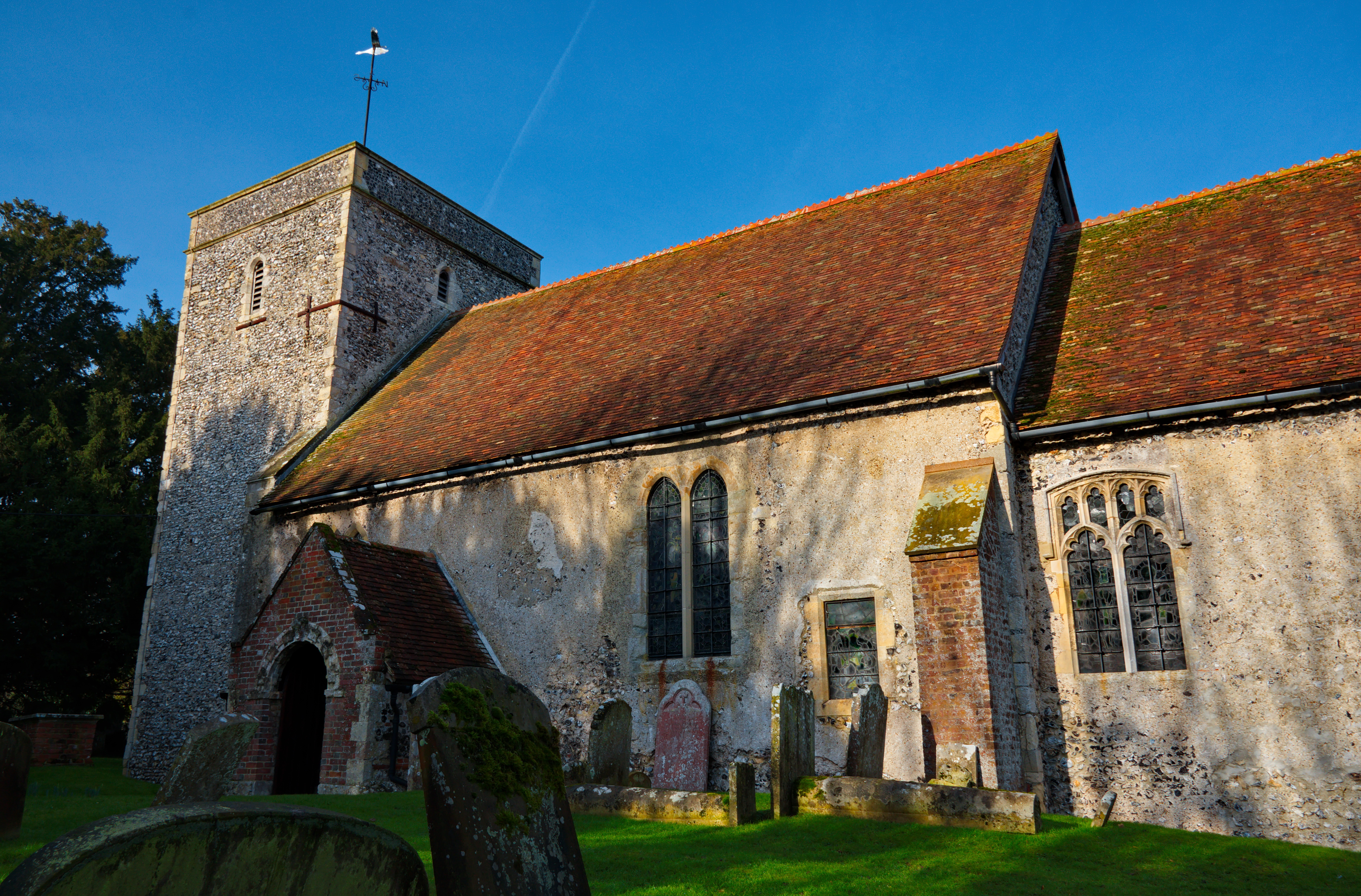 |
| A horse and buggy in 1909 On the road, 1909 by Fylkesarkivet i Vestland, on Flickr. No known copyright restrictions. |
When I saw that this week's prompt was "Luck," the first thought that leapt to mind was of a certain newspaper report about an incident involving my great-grandma Cora's brother, Buchanan Wade, whom my Uncle Lowell (and probably the rest of the kids) called "Uncle Buck." But no, I reasoned, I have told that story too many times; it has featured in my Instagram feed and in my WikiTree comments. Surely I have written about it on my blog as well. A search of my blog posts, however, revealed that the story has yet to be told here, so I am free to share it this week!
Upon reading the article, you will discover that the phrase "leapt to mind" was something of a pun...
Horse Falls 30 Feet; Lands In Tree-Top and Wasn't Hurt
It is said that a cat has nine lives but now it is believed that a horse belonging to Buck Wade has all the cats in catdom beaten a mile. Mr. Wade's horse jumped over the guard rails on the big fill by the ice plant Tuesday morning, fell fully thirty feet into the top of a tree and apparently was none the worse for its thrilling adventure.
Mr. Wade was driving east along the north side of the fill when an approaching auto frightened his animal. The horse whirled to the guard rail and Mr. Wade leaped for his life, landing safely on the road side. But the horse went on and landed with the buggy on top of it in a tree at the bottom of the creek below. How it escaped instant death is a miracle. Probably such a thing could never happen again without fatal results either to the horse or its driver.
Men in the vicinity rushed to the scene and got the horse out as quickly as they could. The animal walked away just a little stiff in some of its joints but otherwise apparently safe and sound. The buggy fared much worse, being torn all to pieces.
It seems that both Uncle Buck and his horse had plenty of luck that day. Only the buggy did not share in their good fortune.

.jpg)



